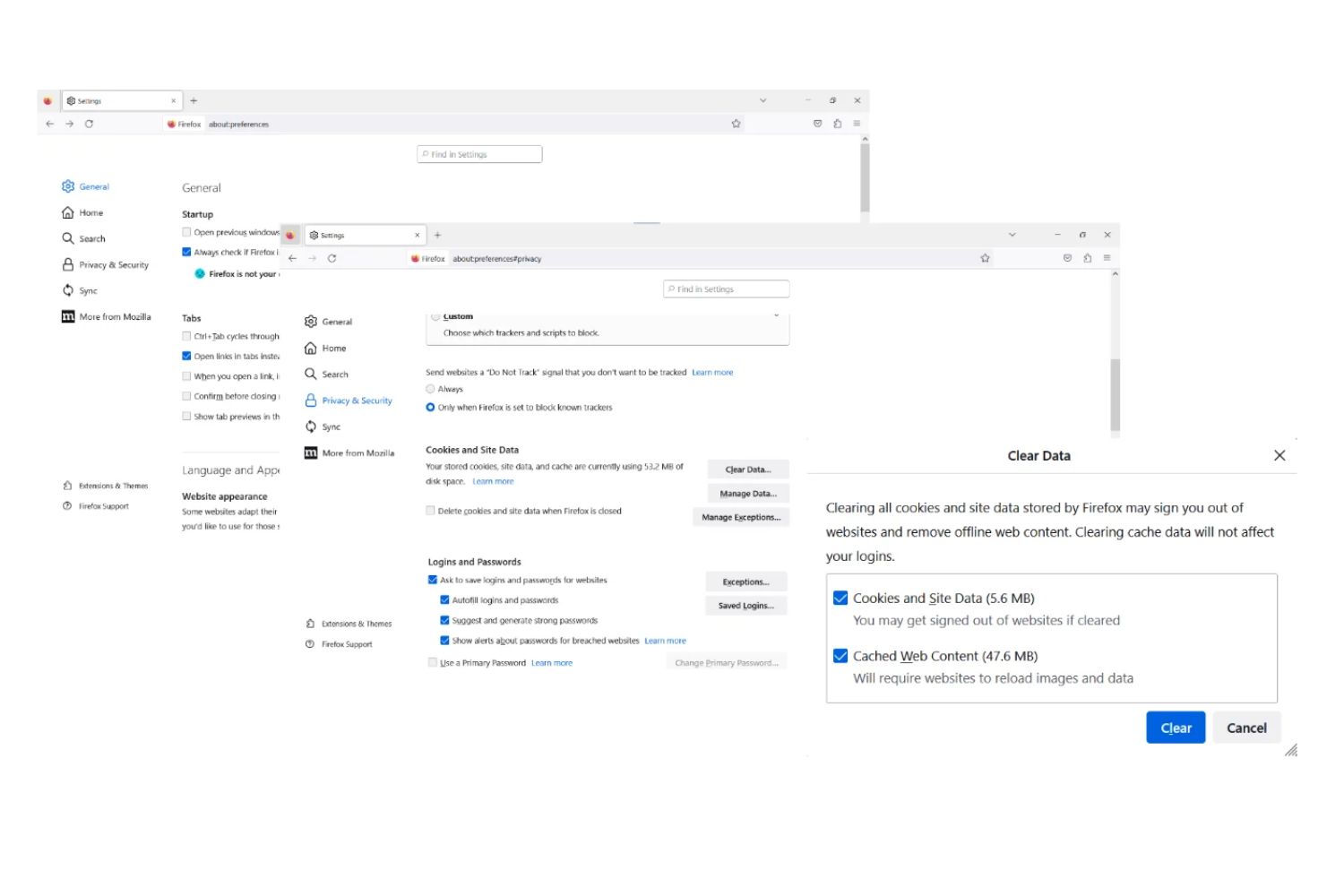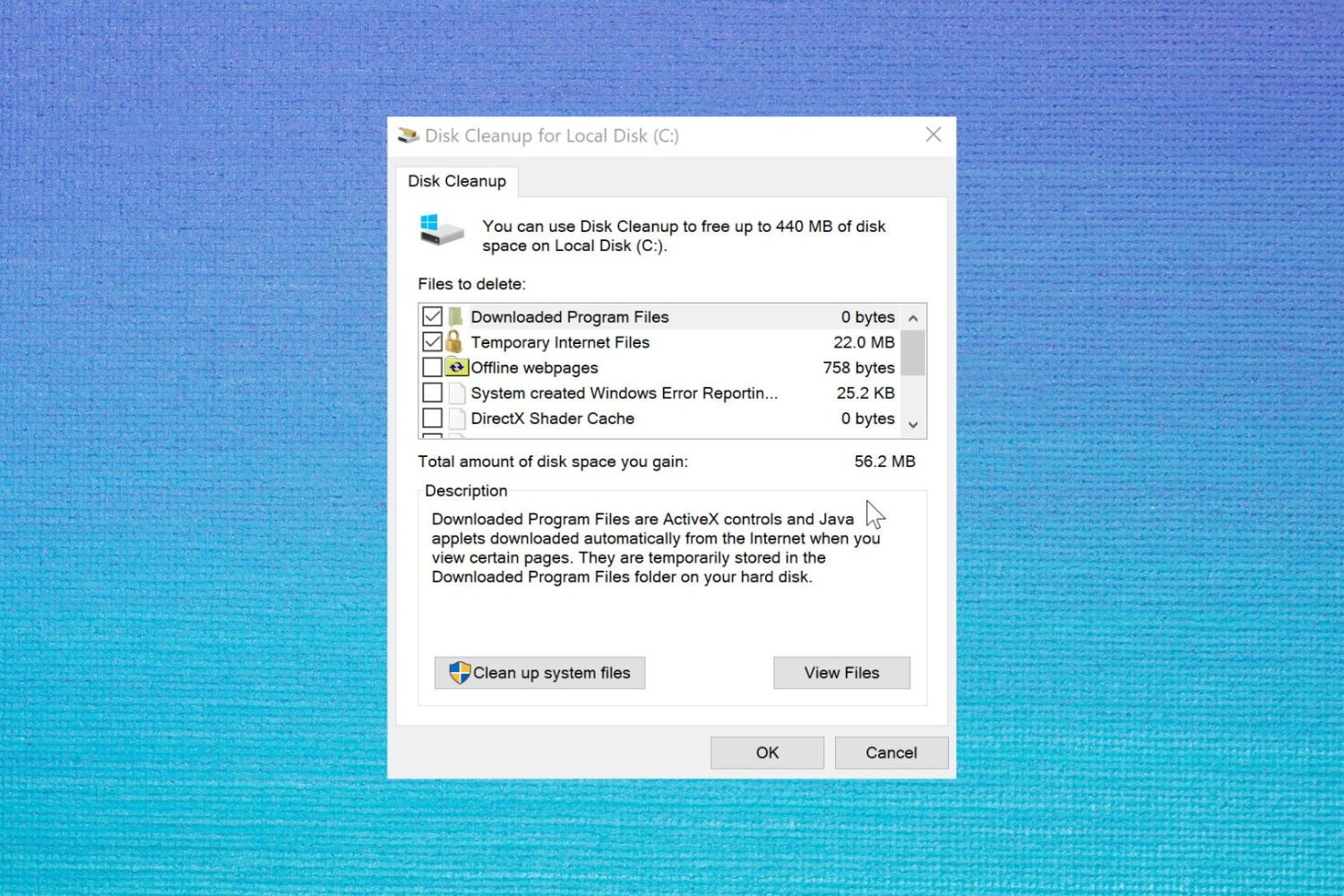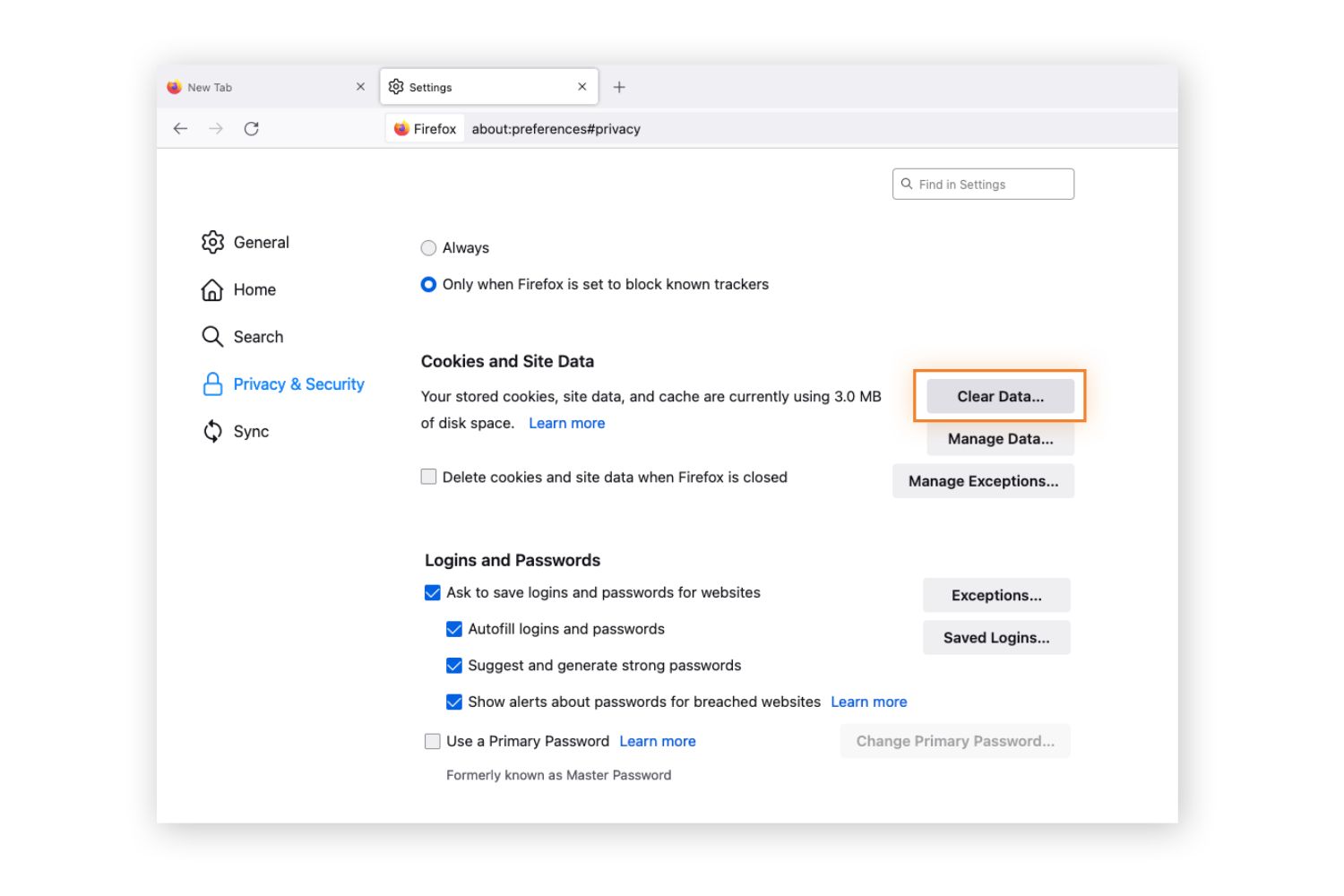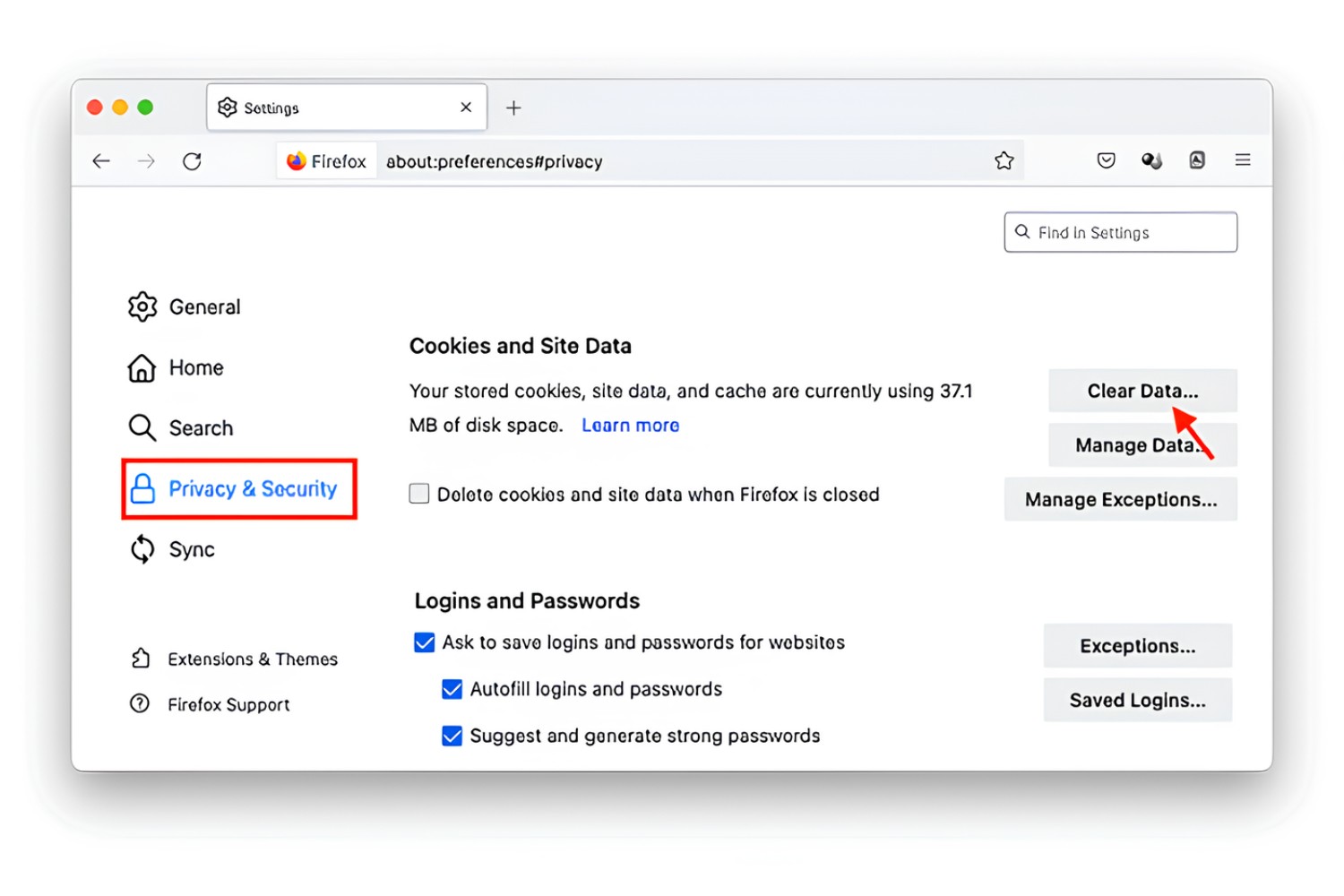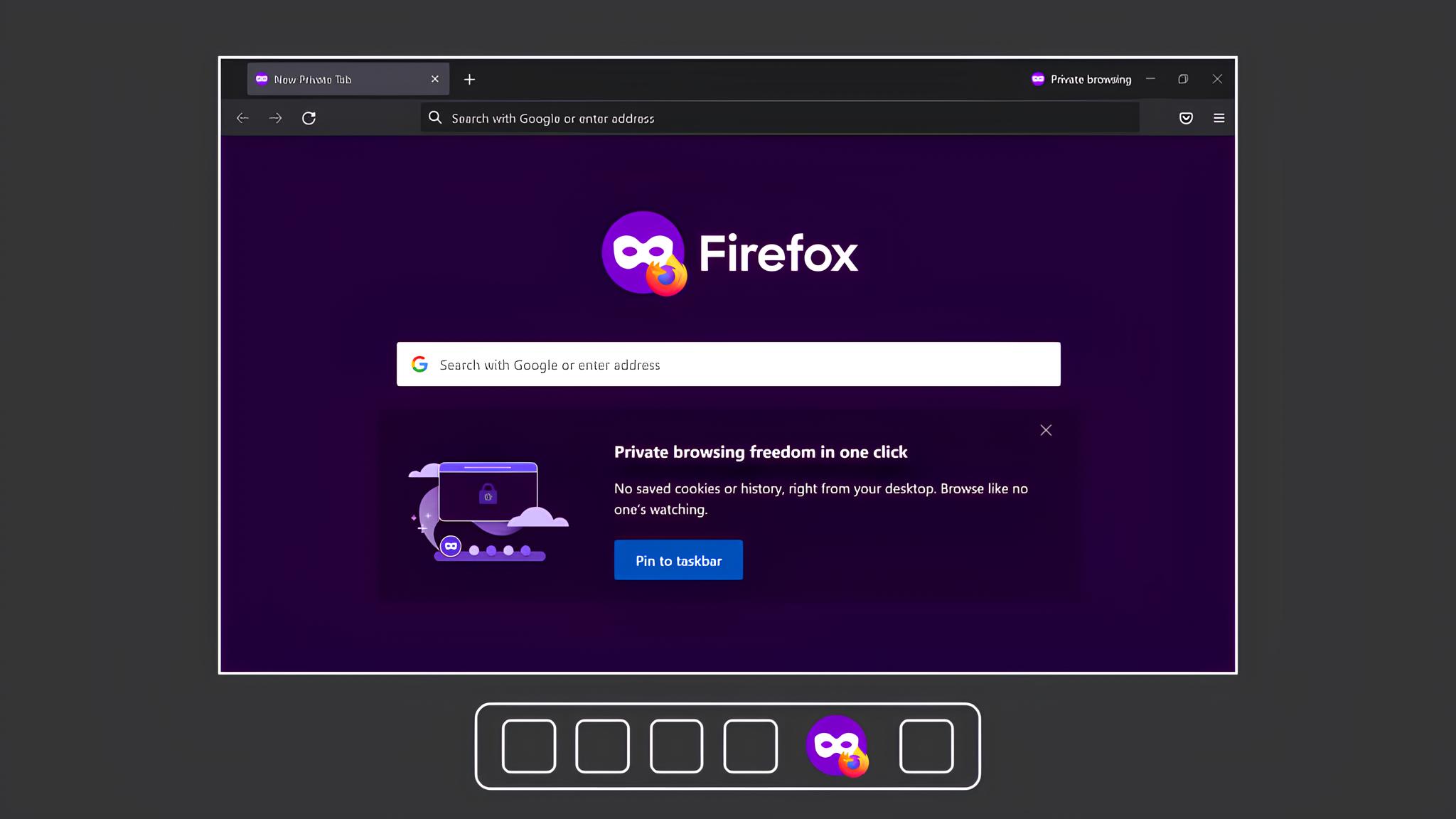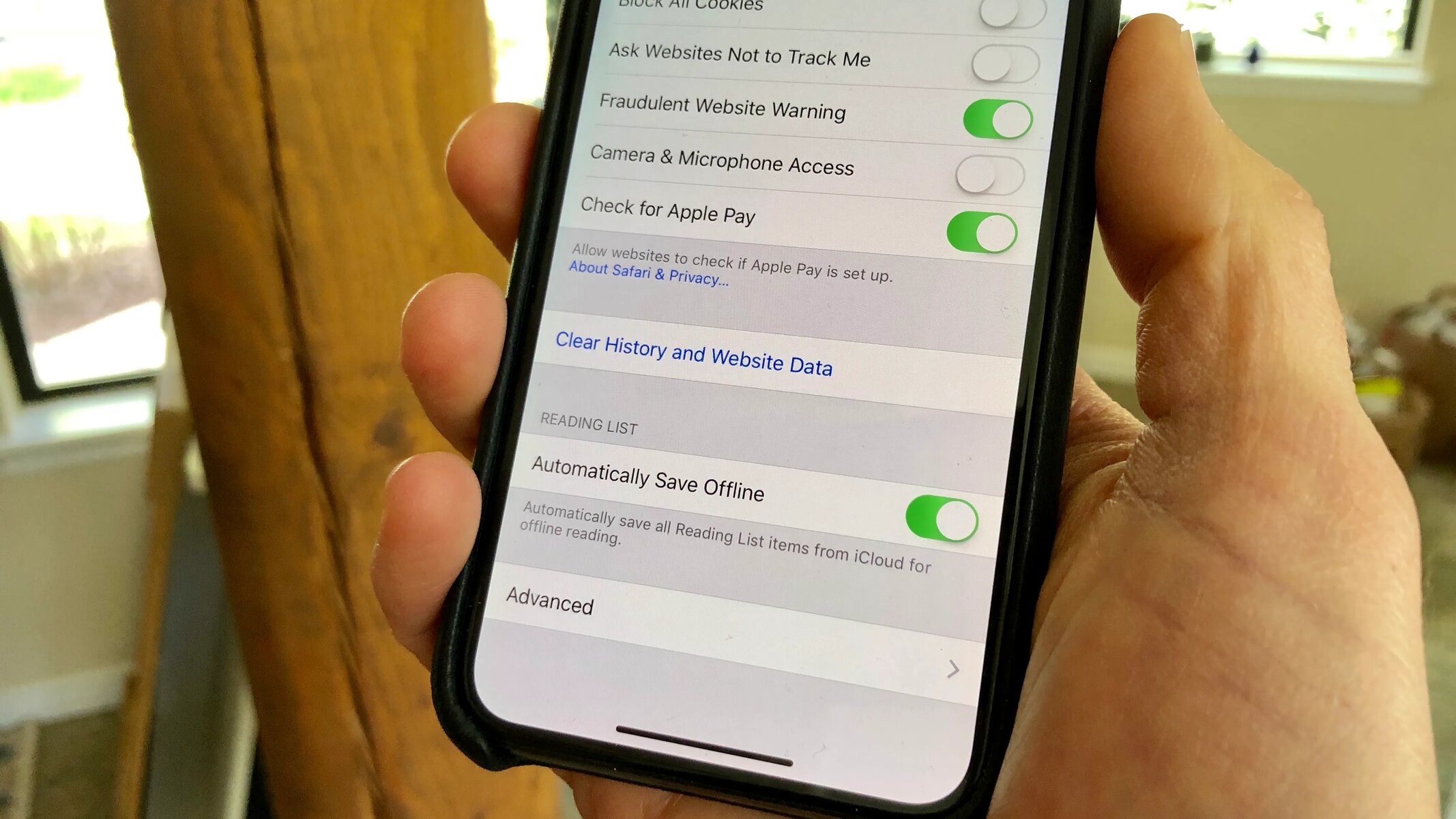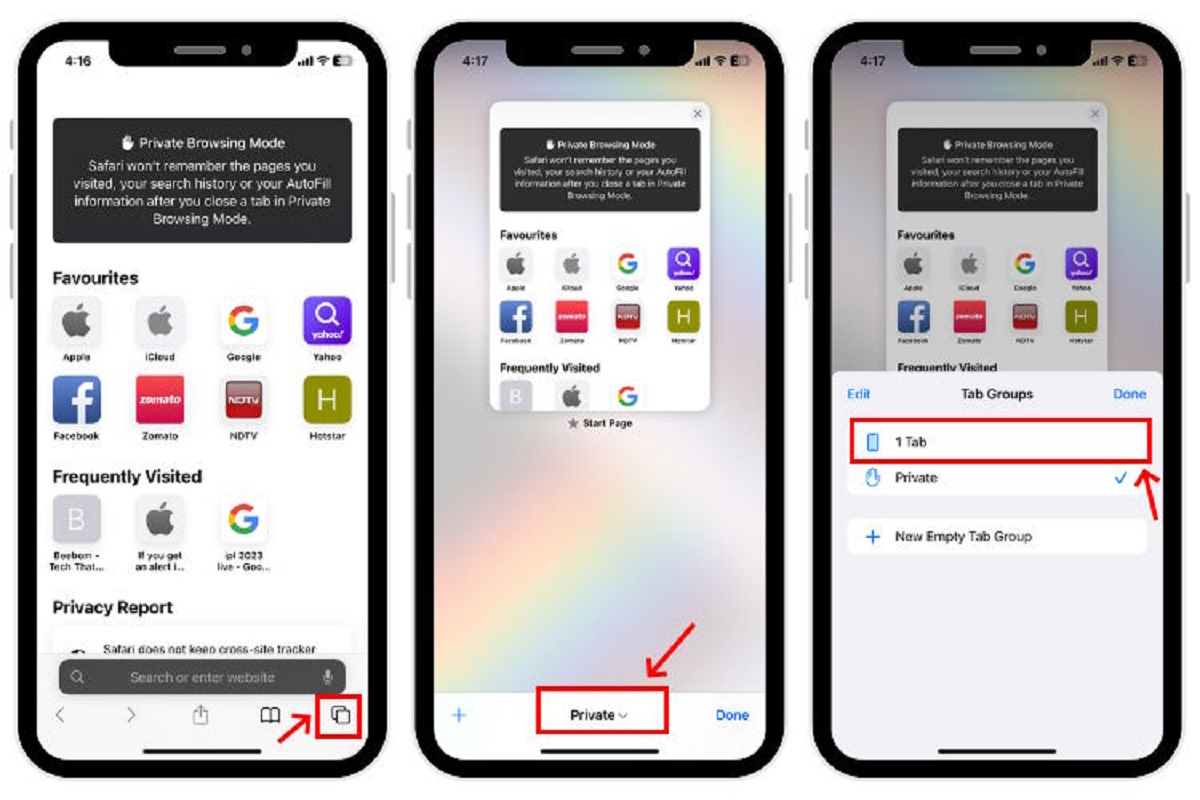Introduction
Clearing temporary internet files in Firefox is an essential maintenance task that can help improve the browser's performance and protect your privacy. Temporary internet files, also known as cache, are files stored on your computer by websites you visit. These files can include images, scripts, and other elements of web pages, and they are designed to help web pages load faster when you revisit them. However, over time, these files can accumulate and take up valuable space on your computer, potentially slowing down your browsing experience.
In addition to taking up space, temporary internet files can also pose a privacy risk. They can contain information about the websites you've visited, including cookies and other tracking data. Clearing these files regularly can help protect your privacy by removing this potentially sensitive information from your computer.
Fortunately, clearing temporary internet files in Firefox is a straightforward process that can be completed in just a few simple steps. By regularly performing this maintenance task, you can ensure that your browser runs smoothly and that your browsing activity remains private.
In the following sections, we will guide you through the process of clearing temporary internet files in Firefox, providing step-by-step instructions to help you complete this task with ease. Whether you're looking to free up space on your computer or safeguard your privacy while browsing the web, clearing temporary internet files in Firefox is a valuable practice that can benefit both your device's performance and your online security.
Step 1: Open Firefox
To begin the process of clearing temporary internet files in Firefox, the first step is to open the browser. Whether you're using a Windows, Mac, or Linux computer, launching Firefox is typically a straightforward task. Here's how you can open Firefox on different operating systems:
Windows:
- If you're using a Windows computer, you can open Firefox by clicking on the Start menu located at the bottom left corner of your screen.
- In the search bar, type "Firefox" and press Enter. This will launch the Firefox browser, allowing you to proceed to the next step in the process.
Mac:
- For Mac users, opening Firefox is as simple as locating the application in the Applications folder or the Dock.
- You can also use Spotlight Search by pressing Command + Space, typing "Firefox," and hitting Enter to open the browser.
Linux:
- If you're using a Linux-based operating system, you can open Firefox by accessing the Applications menu and selecting the browser from the list of installed applications. Alternatively, you can use the terminal to launch Firefox by entering the command "firefox" and pressing Enter.
Once Firefox is open, you're ready to move on to the next step in the process of clearing temporary internet files. By following these simple instructions to open the browser on your specific operating system, you can ensure that you're prepared to proceed with the task of maintaining your browser's performance and protecting your online privacy.
Opening Firefox is the first step in the process of clearing temporary internet files, and it sets the stage for the subsequent actions you'll take to complete this essential maintenance task. With the browser now open and ready for use, you're one step closer to optimizing your browsing experience and safeguarding your personal data.
Step 2: Access the Options Menu
After successfully opening Firefox, the next crucial step in the process of clearing temporary internet files is to access the Options menu. This menu provides access to various settings and preferences within the browser, including the tools necessary to manage temporary internet files effectively. Here's how you can access the Options menu in Firefox:
-
Locate the Menu Icon: At the top-right corner of the Firefox window, you will find an icon consisting of three horizontal lines, symbolizing the menu. This icon is commonly referred to as the "hamburger" icon due to its resemblance to a stacked hamburger. Click on this icon to reveal the main menu options.
-
Open the Options Menu: Once you click on the menu icon, a dropdown menu will appear, presenting a range of options for customizing your browsing experience. Towards the bottom of this menu, you will find an option labeled "Options." Click on "Options" to access the browser's settings and preferences.
-
Navigate to the Privacy & Security Tab: Upon selecting "Options," a new tab will open within the Firefox browser window, displaying a list of categories on the left-hand side. From this list, click on "Privacy & Security" to access the relevant settings related to privacy, security, and data management.
Accessing the Options menu is a pivotal step in the process of clearing temporary internet files, as it grants you entry to the browser's settings where you can manage various aspects of your browsing experience. By following these simple instructions to access the Options menu in Firefox, you are now poised to proceed to the next step of clearing your temporary internet files effectively.
With the Options menu now accessible, you are one step closer to optimizing your browser's performance and safeguarding your privacy. This seamless process empowers you to take control of your browsing data, ensuring that your online activities remain secure and your browser operates at its best.
Step 3: Select the Privacy & Security Tab
Upon accessing the Options menu in Firefox, the next crucial step in the process of clearing temporary internet files is to navigate to the Privacy & Security tab. This section houses a range of settings and controls that allow you to manage your privacy preferences, security features, and data management options within the browser.
Once you have clicked on the "Privacy & Security" category in the Options menu, a new tab will open within the Firefox browser window, presenting a comprehensive array of settings related to privacy and security. This tab serves as a central hub for configuring privacy preferences and implementing security measures to enhance your browsing experience.
Within the Privacy & Security tab, you will encounter various subsections, each offering specific controls and options to tailor your privacy and security settings according to your preferences. These subsections may include options for managing cookies, controlling site permissions, and configuring security features such as phishing and malware protection.
One of the key features within the Privacy & Security tab is the "Clear Data" option, which allows you to manage your temporary internet files, cookies, and other site data. By clicking on the "Clear Data" button, you can initiate the process of removing temporary internet files from your browser, thereby freeing up valuable storage space and potentially improving your browsing performance.
Additionally, the Privacy & Security tab provides the ability to customize tracking protection settings, manage permissions for accessing device sensors and hardware, and configure security protocols to ensure safe and secure browsing.
Navigating to the Privacy & Security tab empowers you to take control of your online privacy and security within the Firefox browser. By accessing this section and exploring its various settings and options, you can customize your browsing experience to align with your privacy preferences and security requirements.
With the Privacy & Security tab now accessible, you are well-equipped to proceed to the next step of clearing your temporary internet files effectively. This seamless process enables you to manage your privacy and security settings with ease, ensuring that your browsing activities remain secure and your personal data stays protected.
In summary, selecting the Privacy & Security tab within the Options menu in Firefox provides you with the tools and controls necessary to manage your privacy and security preferences effectively. By navigating to this section, you can optimize your browsing experience, protect your personal data, and ensure a secure and private online environment while using the Firefox browser.
Step 4: Clear Your Temporary Internet Files
Clearing your temporary internet files in Firefox is a crucial maintenance task that can enhance your browsing experience and protect your privacy. Temporary internet files, also known as cache, are stored on your computer by websites you visit. These files are designed to help web pages load faster upon revisiting them. However, over time, they can accumulate and take up valuable space on your computer, potentially slowing down your browsing experience. Additionally, these files can contain information about the websites you've visited, including cookies and other tracking data, posing a privacy risk. Clearing these files regularly can help protect your privacy by removing potentially sensitive information from your computer.
To clear your temporary internet files in Firefox, follow these steps:
-
Access the Clear Data Option: Within the Privacy & Security tab of the Options menu, locate and click on the "Clear Data" button. This action will open a dialog box that allows you to manage your stored data, including temporary internet files, cookies, and site data.
-
Select Data to Clear: In the dialog box, ensure that the checkboxes for "Cached Web Content" and any other data you wish to clear are selected. "Cached Web Content" represents your temporary internet files, and selecting this option will initiate the process of clearing these files from your browser.
-
Clear Data: After selecting the desired data to clear, click on the "Clear" button within the dialog box. This action will prompt Firefox to remove the selected data, including your temporary internet files, from the browser's storage.
-
Confirm Clearing: If prompted, confirm the action to clear the selected data. This confirmation ensures that you are intentionally removing the chosen data from your browser, allowing you to proceed with the clearing process.
By following these steps, you can effectively clear your temporary internet files in Firefox, freeing up storage space on your computer and potentially improving your browsing performance. Additionally, this practice helps protect your privacy by removing potentially sensitive information stored in temporary internet files, enhancing your online security.
Regularly clearing your temporary internet files in Firefox is a valuable maintenance task that can contribute to a smoother browsing experience and improved privacy protection. By incorporating this practice into your routine browser maintenance, you can ensure that your online activities remain secure and that your browser operates at its best.
Conclusion
In conclusion, clearing temporary internet files in Firefox is a fundamental practice that can significantly impact both the performance of the browser and the protection of your online privacy. By following the step-by-step process outlined in this guide, you can effectively manage your temporary internet files, freeing up valuable storage space on your computer and potentially improving your browsing experience.
Regularly clearing temporary internet files is not only beneficial for optimizing browser performance but also plays a crucial role in safeguarding your privacy. These files can contain sensitive information about your browsing activities, including cookies and tracking data, posing a potential privacy risk. By clearing these files, you can mitigate this risk and ensure that your online activities remain private and secure.
Furthermore, the process of clearing temporary internet files in Firefox is seamlessly integrated into the browser's settings, accessible through the Options menu and the Privacy & Security tab. This user-friendly approach empowers individuals to take control of their browsing data and privacy preferences, providing a transparent and intuitive method for managing temporary internet files.
By incorporating the habit of regularly clearing temporary internet files into your browser maintenance routine, you can maintain a lean and efficient browsing environment while minimizing the accumulation of unnecessary data. This proactive approach not only contributes to a smoother browsing experience but also aligns with best practices for maintaining online privacy and security.
In essence, the process of clearing temporary internet files in Firefox serves as a proactive measure to optimize browser performance and protect your privacy. By embracing this practice, you can ensure that your browsing activities remain secure, your personal data stays protected, and your overall online experience is enhanced.
As technology continues to evolve, and online privacy becomes an increasingly significant concern, taking proactive steps to manage temporary internet files is a valuable strategy for individuals seeking to maintain a secure and efficient browsing environment. With the knowledge and tools provided in this guide, you are well-equipped to navigate the process of clearing temporary internet files in Firefox, empowering you to optimize your browsing experience and safeguard your online privacy effectively.







